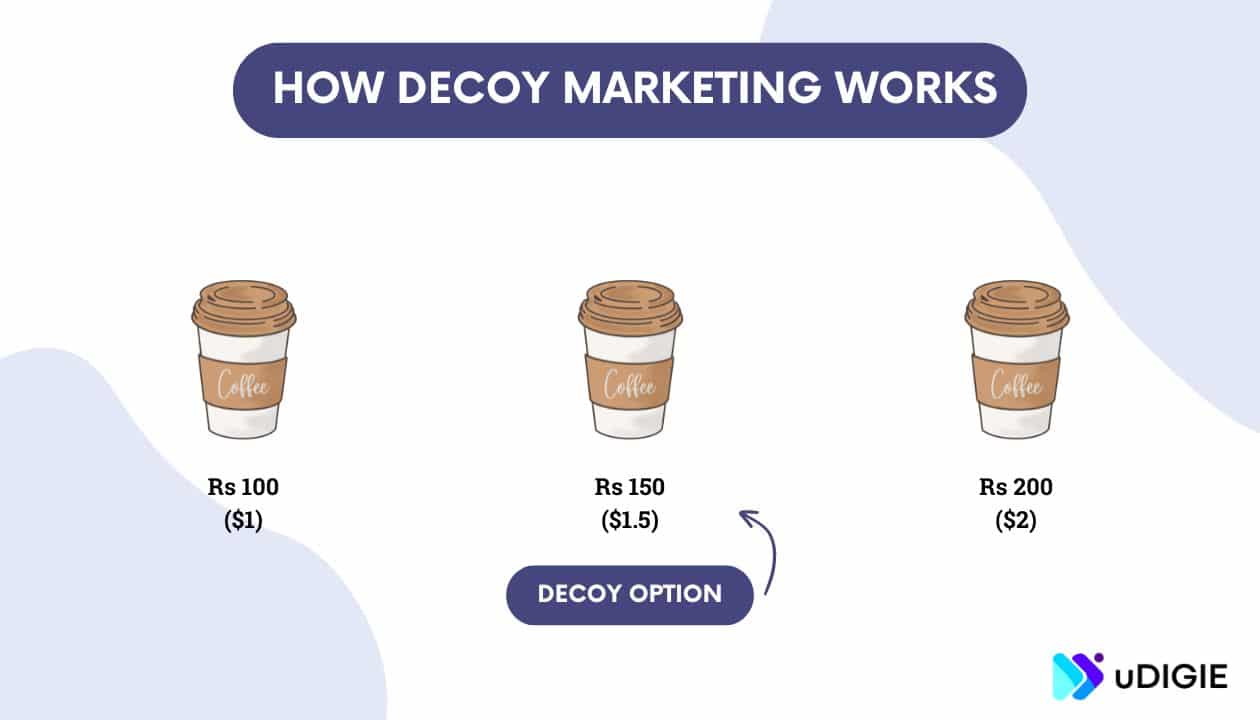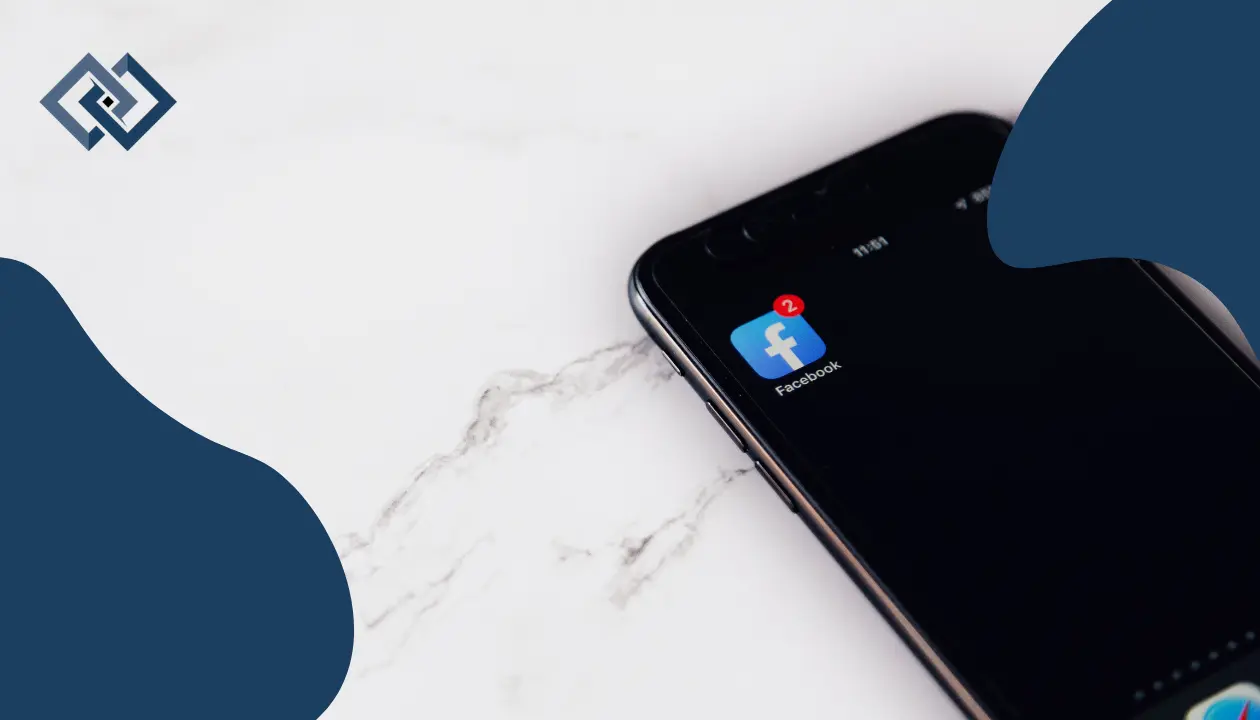
Decoy marketing is a type of psychological pricing strategy used by businesses to influence the decision of their customers. By making them switch from one option to other (a more expensive and profitable one for the business).
Table of Contents
This is done by adding a decoy option among the other available options. This helps the in making the other two options look more attractive. Let us understand it in detail below with an example.
How Decoy Marketing Works
The working of decoy marketing is very simple. When customers are presented with multiple options for a specific product, their choices can be influenced by adding a less attractive option. The decoy product doesn’t have to be a viable choice for the customers. As it is just there to shift the attention of customers towards a high-priced (and profitable) option.
For example,
There is a coffee shop that is offering two sizes of coffee:
- Small: Rs 100 ($1)
- Large: Rs 200 ($2)
By just looking at this customers will find the large one a bit expensive and will only go for the small one.
But when you add a new decoy option,
- Small: Rs 100 ($1)
- Medium: Rs 150 (1.5)
- Large: Rs 200 ($2)

It will make them go for the highest-priced option. Even if they don’t want – why? Because it makes them believe that it is a much better deal for them. This is why we call decoy marketing a type of phycological marketing as well. As it makes them interpret the product based on the price and not on its value.
Benefits of Decoy Marketing
There are many benefits of decoy marketing. Some of which we have listed them down below:
- Increases Sales: It increase sales for a business by making a higher-priced product appear more attractive – leading to more profits for the business.
- Decision Making: It helps customers to feel more confident in their decisions – as the higher priced product looks more valuable then the less priced one.
- Value: Adding a decoy product helps you increase the value of your high-priced product by making it seem like a better deal as compared to other available options.
- Perception: It changes the perception of customers as they don’t feel manipulated, as they still believe they have the freedom of choice.
- Product Positioning: It allows businesses to position their products more strategically and in a manner that increases the sale of their higher-margin products.

